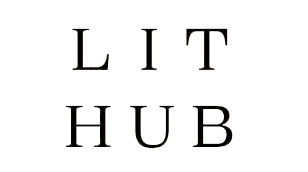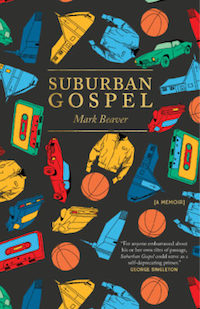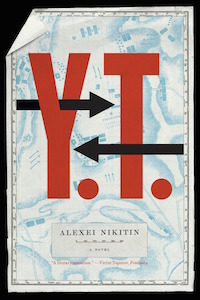September 8 – 12, 2025

- The transgressive legacy of Christopher Marlowe
- The professional costs of criticizing the Trump administration
- On the presence of ICE in Harlan County, Kentucky
Support Lit Hub.

Shakespeare and His Stuff
Understanding the Artist Through His Things
My Father the Song Poet
Kao Kalia Yang Comes To Understand Her Machinist Father as a Literary Force
Interview with a Bookstore: Bunch of Grapes
The Go-To Bookstore in Martha's Vineyard
Best of the Week: April 18 – 22, 2016
THE BEST OF THE LITERARY INTERNET
Paging Dr. Freud: Prince Cracked Something Open in Me
Being a Lifelong Prince "Fam" Helped Me Come To Terms With Myself
Who Can Resist Ecstasy?: Mourning Prince in San Francisco
Among a Dancing Crowd, Oscar Villalon Remembers Sneaking Into Purple Rain
First Dance: Alexander Chee on Hearing Prince for the First Time
Suburban Maine, 1983, a Song, Some Dancing...
Suburban Gospel
Mark Beaver
"Sometime during that summer we began thinking of ourselves as Prince and Apollonia."
Prince, 1958-2016
Alexander Chee, Kaitlyn Greenidge, Naomi Jackson, and More Remember an American Genius
Surviving a Long Alaskan Winter with Prince
Kaitlyn Greenidge on Finding Her People, the Prince Fanatics
Prince: Finding Joy Outside Conformity
Naomi Jackson On Finding Permission to Be Herself
Prince: The Origin Story
When Ten-Year-Old Prince Roger Nelson Danced Onstage with James Brown
LitHub Daily: April 22, 2016
THE BEST OF THE LITERARY INTERNET
Y.T.
Alexei Nikitin, trans. Anne Marie Jackson
“My e-mail address is istemi@ukr.net. Whenever I give it out over the telephone the other person is sure to ask ‘Is what?’ ‘Istemi is a name,’ I say and spell it out, ‘I-S-T-E—ISTEMI.’”
On My Abnormally Quiet Jewish Family
What It's Like to Grow Up With a "No Kvetching" Rule
How to Draw a Dragon
On the Design of Lian Hearn’s The Tale of Shikanoko
Voices from the PEN World Voices Festival of International Literature
Edward Snowden, Aminatta Forna, Mona Eltahawy, and Tom Stoppard
Mona Eltahawy: How to Fight the Patriarchy
"I believe we’re going through a global feminist moment."
The Modern and the Medieval Collide: Aminatta Forna on Ebola
“This is not a problem of Africa’s making.”
Page 1781 of 1875




